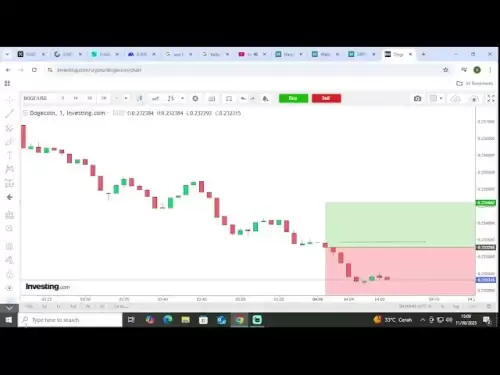-
 Bitcoin
Bitcoin $118800
-0.43% -
 Ethereum
Ethereum $4231
-0.53% -
 XRP
XRP $3.140
-1.41% -
 Tether USDt
Tether USDt $1.000
-0.02% -
 BNB
BNB $808.5
0.57% -
 Solana
Solana $175.1
-4.38% -
 USDC
USDC $0.9999
0.01% -
 Dogecoin
Dogecoin $0.2229
-4.71% -
 TRON
TRON $0.3458
2.18% -
 Cardano
Cardano $0.7744
-3.43% -
 Hyperliquid
Hyperliquid $43.19
-4.44% -
 Chainlink
Chainlink $21.19
-4.12% -
 Stellar
Stellar $0.4313
-2.84% -
 Sui
Sui $3.659
-5.59% -
 Bitcoin Cash
Bitcoin Cash $580.1
1.65% -
 Hedera
Hedera $0.2472
-4.61% -
 Ethena USDe
Ethena USDe $1.001
-0.03% -
 Avalanche
Avalanche $22.88
-3.98% -
 Litecoin
Litecoin $120.5
-2.63% -
 Toncoin
Toncoin $3.375
0.74% -
 UNUS SED LEO
UNUS SED LEO $8.984
-1.31% -
 Shiba Inu
Shiba Inu $0.00001296
-4.28% -
 Uniswap
Uniswap $11.06
1.08% -
 Polkadot
Polkadot $3.869
-4.65% -
 Cronos
Cronos $0.1664
1.09% -
 Dai
Dai $1.000
0.00% -
 Ethena
Ethena $0.7979
0.07% -
 Bitget Token
Bitget Token $4.395
-1.14% -
 Monero
Monero $268.2
-0.19% -
 Pepe
Pepe $0.00001125
-6.91%
What is the insurance fund of OKX?
OKX's Insurance Fund partially protects against losses from security breaches or operational failures, but its size and claims process lack transparency, urging users to prioritize personal security measures like 2FA, despite the fund's supplementary role.
Feb 28, 2025 at 04:42 pm

What is the OKX Insurance Fund? A Deep Dive into Crypto Exchange Security
Key Points:
- The OKX Insurance Fund acts as a safety net for users in the event of unforeseen circumstances, primarily covering losses due to security breaches or operational failures. It's not a guarantee against all losses, but a significant mitigating factor.
- The fund's size and composition are not publicly disclosed in full detail, raising concerns about transparency among some users. This lack of complete transparency is a common criticism leveled against many exchange insurance funds.
- While the fund offers a degree of protection, users should still practice robust security measures, such as enabling two-factor authentication (2FA) and using strong, unique passwords. The fund is a supplementary measure, not a replacement for individual security practices.
- The precise claims process and payout criteria are not explicitly detailed by OKX, leaving room for interpretation and potential ambiguity during claims resolution. This lack of clarity is a potential point of friction for users experiencing losses.
- The OKX Insurance Fund's existence underscores the inherent risks associated with holding cryptocurrencies on exchanges, highlighting the importance of understanding these risks and diversifying holdings across different platforms and storage methods (e.g., cold wallets).
Understanding the OKX Insurance Fund
- The Nature of the Fund: The OKX Insurance Fund is a reserve of assets held by OKX, intended to compensate users for losses resulting from specific events. These events typically include security breaches leading to the theft of user funds, operational failures causing significant disruptions or losses to user accounts, and in some instances, significant market manipulation affecting the exchange's operations and users' holdings. It's crucial to understand that the fund's purpose is to mitigate risk, not eliminate it entirely. The fund is not designed to cover losses stemming from user error (e.g., losing private keys, falling victim to phishing scams), market volatility, or investment losses. The precise scope of coverage is not explicitly defined, leading to some uncertainty. The fund aims to build user trust and confidence in the platform's security protocols. However, the lack of specific details regarding the fund's size, composition, and investment strategy raises questions about its true capacity to handle large-scale incidents. Many users would prefer a more transparent and auditable system for tracking the fund's assets and deployment. The ambiguity surrounding the fund's operational details fuels concerns about the potential for disputes and challenges during claims processing. The overall design aims to foster a sense of security for users, but the lack of clear-cut definitions leaves room for potential disagreements between the exchange and its users. The aim is to offer an additional layer of security beyond the existing robust security measures employed by OKX, but the effectiveness of this additional layer depends heavily on the transparency and operational details of the fund.
- Transparency and Accountability: One of the most significant criticisms leveled against the OKX Insurance Fund (and many similar funds at other exchanges) is the lack of complete transparency regarding its size and composition. While OKX may publish general statements about the fund's existence and purpose, specific details about the amount of assets held, the types of assets (e.g., Bitcoin, stablecoins, other cryptocurrencies), and the fund's investment strategy are typically not disclosed. This lack of transparency raises concerns about the fund's actual capacity to cover significant losses. Users have a right to know how much protection the fund offers and the level of confidence they can place in its ability to fulfill its intended purpose. Increased transparency could be achieved through regular audits conducted by independent third-party firms, the publication of detailed financial reports, and clear communication regarding the fund's investment strategy and risk management policies. The current level of opacity leaves users vulnerable to uncertainty and potentially erodes trust in the exchange. Without clear and verifiable information, it's difficult for users to assess the real value and effectiveness of the insurance fund. Greater transparency is essential to build and maintain user confidence. Furthermore, a lack of transparency can create a perception of risk and discourage users from trusting the exchange with their funds.
- User Security Practices and the Fund's Role: It's crucial to emphasize that the OKX Insurance Fund is not a substitute for robust individual security practices. While the fund offers a degree of protection against certain types of losses, users should still take proactive steps to protect their accounts. This includes enabling two-factor authentication (2FA), using strong, unique passwords for their OKX account and all related services, being vigilant against phishing attempts, regularly reviewing account activity for any suspicious transactions, and refraining from sharing their private keys or login credentials with anyone. The fund serves as an additional layer of security, a backup plan in the event of unforeseen circumstances beyond the user's control, such as a major security breach originating from within the OKX system. However, relying solely on the fund as a primary security measure is unwise. Users should always prioritize their own security practices to minimize the risk of losses in the first place. A layered approach to security, combining both individual precautions and reliance on the exchange's insurance fund, is the most effective strategy. Ignoring personal security measures while solely relying on the insurance fund significantly increases the risk of losing funds.
- Claims Process and Payout Criteria: The exact procedures for filing a claim against the OKX Insurance Fund and the criteria for payout are not publicly available in a comprehensive manner. This lack of clarity can lead to confusion and potentially unfair outcomes for users who experience losses. A clear and transparent claims process, outlining the necessary documentation, timelines, and decision-making process, is crucial for building trust and ensuring fair treatment of users. The criteria for determining eligibility for payouts should also be explicitly defined, leaving no room for subjective interpretation. The lack of specific details surrounding the claims process raises concerns about the potential for delays, disputes, and even arbitrary decisions regarding payouts. Users need a clear understanding of their rights and the steps they must take to file a claim in case of a covered event. A well-defined claims process, along with readily available contact information for assistance, is vital for resolving issues efficiently and fairly. This transparency also serves to deter potential abuse of the system and maintain the integrity of the fund.
- Inherent Risks of Exchange-Based Cryptocurrency Holdings: The existence of an insurance fund like OKX's underscores the inherent risks associated with holding cryptocurrencies on exchanges. While exchanges offer convenience and liquidity, they are not immune to security breaches, operational failures, or other unforeseen events. Users should always be aware of these risks and consider diversifying their holdings across multiple platforms and storage methods. This might involve using hardware wallets (cold storage) for a portion of their holdings, reducing the amount of cryptocurrency held on any single exchange at any given time. Diversification is a key strategy for mitigating risk in the cryptocurrency space. Holding all assets on a single exchange, even one with an insurance fund, concentrates risk and makes users vulnerable to a single point of failure. A balanced approach, combining the convenience of exchange-based trading with the enhanced security of cold storage, provides the most robust risk management strategy. Understanding and accepting the inherent risks of exchange-based holdings is crucial for informed decision-making in the cryptocurrency world.
FAQs:
Q: How much money is in the OKX Insurance Fund?
A: The exact amount is not publicly disclosed by OKX. This lack of transparency is a common criticism of exchange insurance funds.
Q: What types of losses are covered by the OKX Insurance Fund?
A: Generally, losses due to security breaches or significant operational failures are covered. However, the specific details are not fully public, and user error or market fluctuations are typically excluded.
Q: How do I file a claim against the OKX Insurance Fund?
A: The precise claims process is not clearly outlined by OKX. Contacting OKX support directly is necessary to initiate a claim.
Q: Is the OKX Insurance Fund audited regularly?
A: OKX does not publicly disclose whether or not independent audits are conducted. Transparency in this area is lacking.
Q: What happens if the OKX Insurance Fund is insufficient to cover all claims?
A: OKX's policy in this scenario is not publicly stated. This highlights the need for greater transparency in the fund's management and operations.
Q: Is the OKX Insurance Fund enough protection for my crypto assets?
A: The fund provides an additional layer of security but is not a complete guarantee against all losses. Users should still implement robust security practices.
Disclaimer:info@kdj.com
The information provided is not trading advice. kdj.com does not assume any responsibility for any investments made based on the information provided in this article. Cryptocurrencies are highly volatile and it is highly recommended that you invest with caution after thorough research!
If you believe that the content used on this website infringes your copyright, please contact us immediately (info@kdj.com) and we will delete it promptly.
- Dogecoin's Wild Ride: Big Holders, Price Push, and What's Next for the Meme Coin
- 2025-08-12 08:30:12
- Bitcoin to $133,000? Here's What the Experts Are Saying
- 2025-08-12 08:30:12
- Dogecoin, Meme Coins, and Whale Buys: What's the Hype?
- 2025-08-12 06:50:12
- Bitcoin, Ethereum, and the Pump-and-Dump Merry-Go-Round: A New Yorker's Take
- 2025-08-12 07:10:12
- MAGACOIN Mania: Why Holders Are Staking Their Claim in This Bull Season
- 2025-08-12 06:30:13
- Heritage Distilling's Bold Bet: A $360M IP Treasury Powered by Story Protocol
- 2025-08-12 06:30:13
Related knowledge
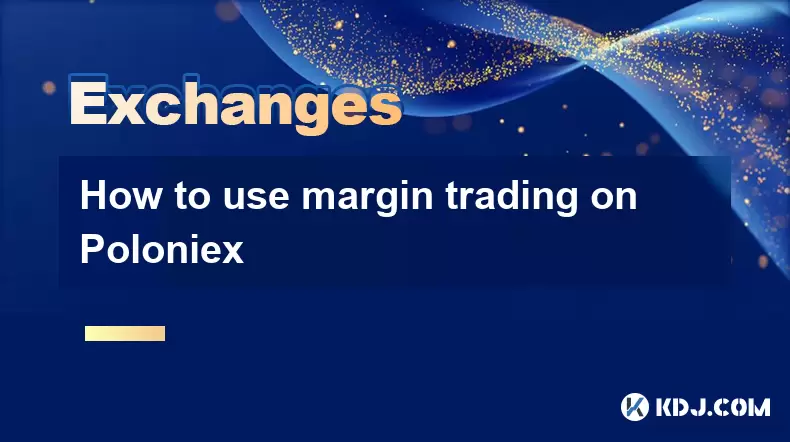
How to use margin trading on Poloniex
Aug 08,2025 at 09:50am
Understanding Margin Trading on Poloniex
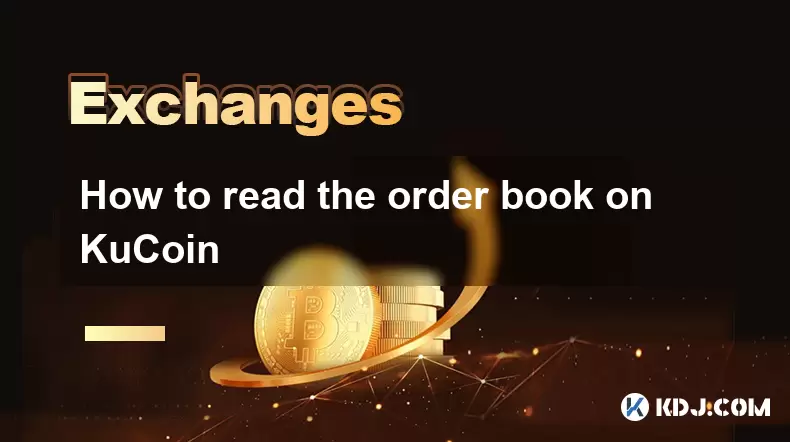
How to read the order book on KuCoin
Aug 10,2025 at 03:21pm
Understanding the Order Book Interface on KuCoinWhen accessing the order book on KuCoin, users are presented with a real-time display of buy and sell ...
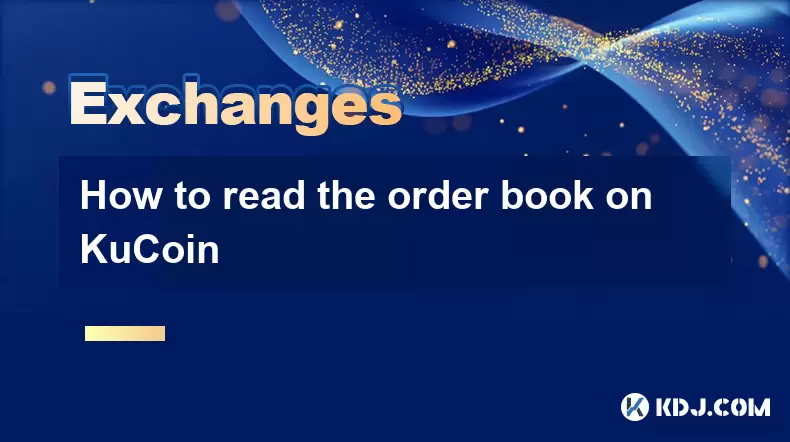
How to read the order book on KuCoin
Aug 12,2025 at 02:28am
Understanding the Basics of Staking in CryptocurrencyStaking is a fundamental concept in the world of blockchain and cryptocurrencies, particularly wi...
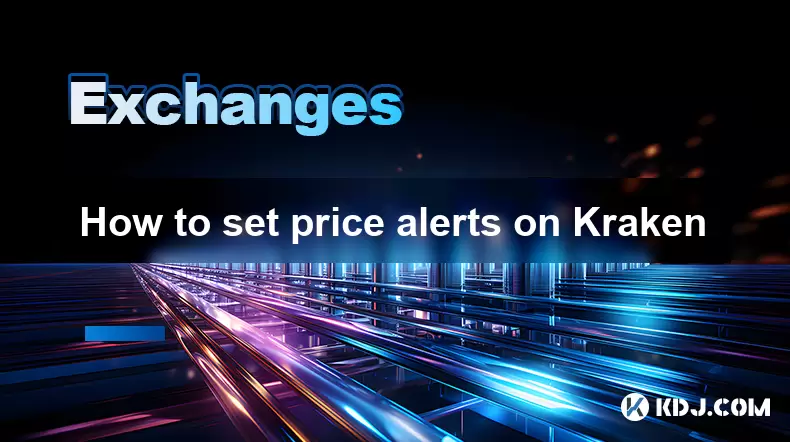
How to set price alerts on Kraken
Aug 11,2025 at 08:49pm
Understanding Price Alerts on KrakenPrice alerts on Kraken are tools that allow traders to monitor specific cryptocurrency pairs for price movements. ...
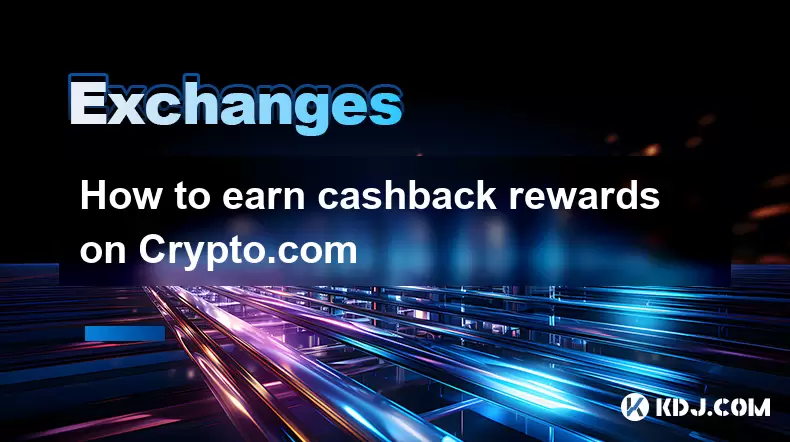
How to earn cashback rewards on Crypto.com
Aug 12,2025 at 02:08am
Understanding Cashback Rewards on Crypto.comCashback rewards on Crypto.com are a feature designed to incentivize users to spend using their Crypto.com...
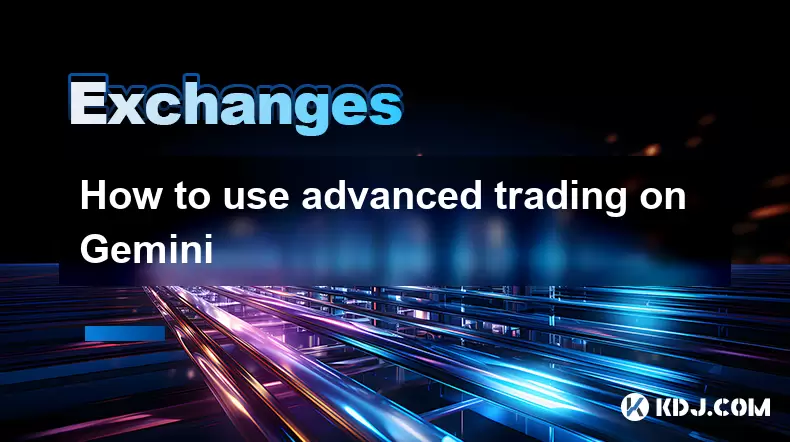
How to use advanced trading on Gemini
Aug 08,2025 at 04:07am
Understanding Advanced Trading on GeminiAdvanced trading on Gemini refers to a suite of tools and order types designed for experienced traders who wan...

How to use margin trading on Poloniex
Aug 08,2025 at 09:50am
Understanding Margin Trading on Poloniex

How to read the order book on KuCoin
Aug 10,2025 at 03:21pm
Understanding the Order Book Interface on KuCoinWhen accessing the order book on KuCoin, users are presented with a real-time display of buy and sell ...

How to read the order book on KuCoin
Aug 12,2025 at 02:28am
Understanding the Basics of Staking in CryptocurrencyStaking is a fundamental concept in the world of blockchain and cryptocurrencies, particularly wi...

How to set price alerts on Kraken
Aug 11,2025 at 08:49pm
Understanding Price Alerts on KrakenPrice alerts on Kraken are tools that allow traders to monitor specific cryptocurrency pairs for price movements. ...

How to earn cashback rewards on Crypto.com
Aug 12,2025 at 02:08am
Understanding Cashback Rewards on Crypto.comCashback rewards on Crypto.com are a feature designed to incentivize users to spend using their Crypto.com...

How to use advanced trading on Gemini
Aug 08,2025 at 04:07am
Understanding Advanced Trading on GeminiAdvanced trading on Gemini refers to a suite of tools and order types designed for experienced traders who wan...
See all articles


























